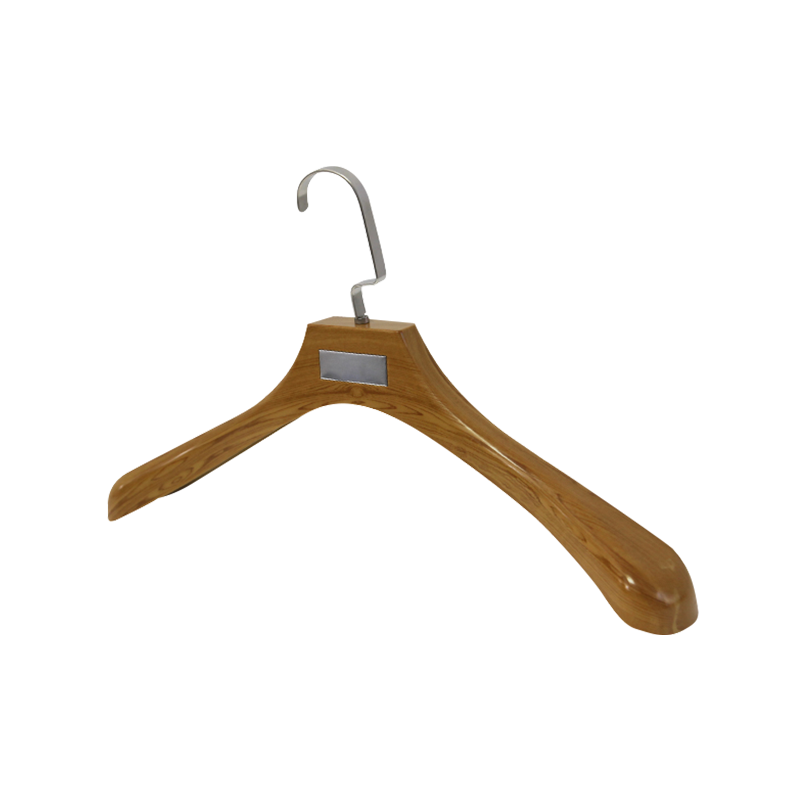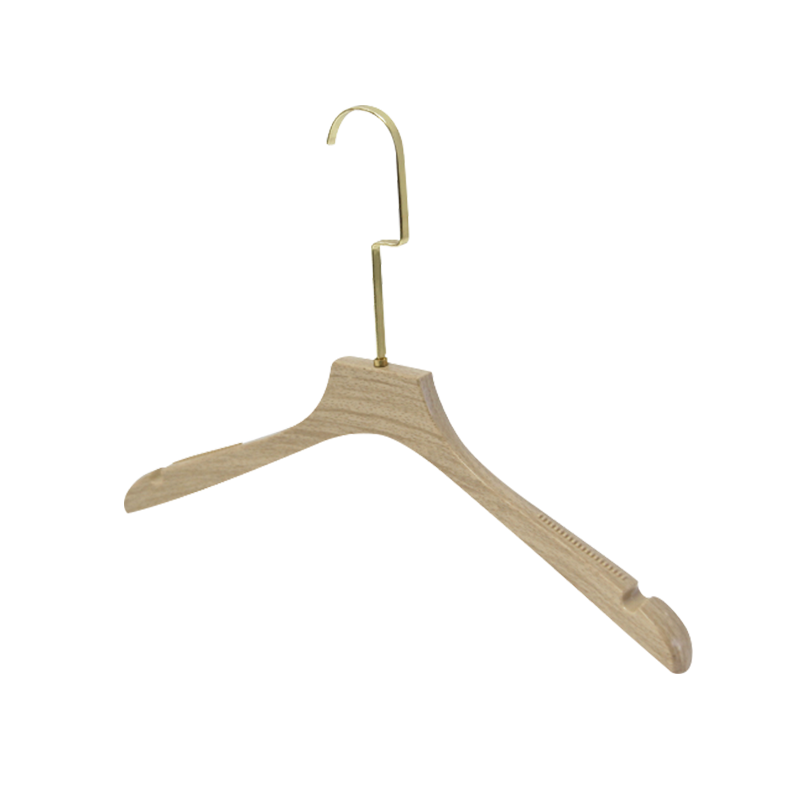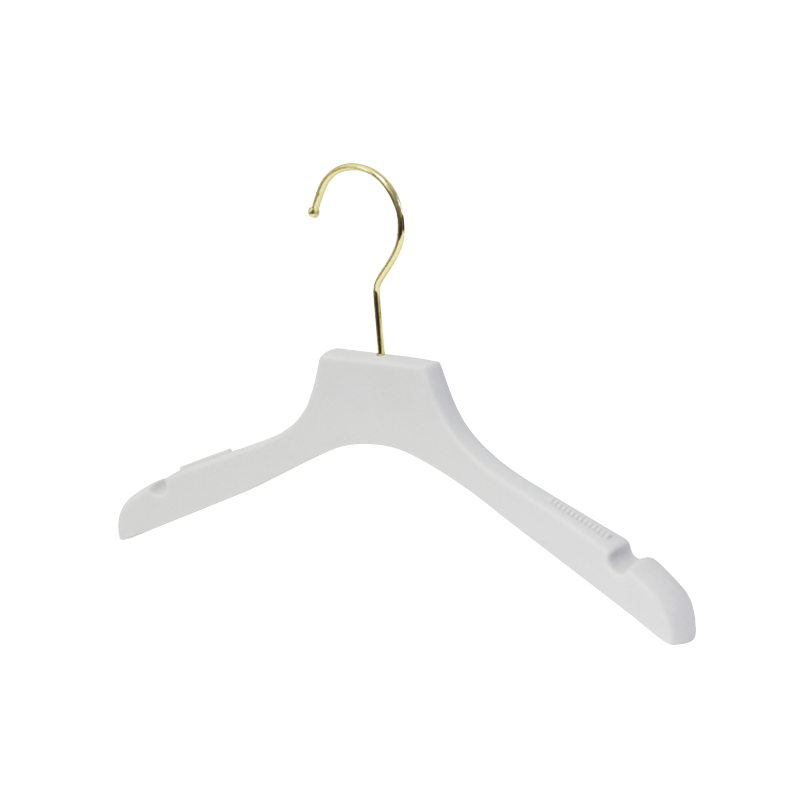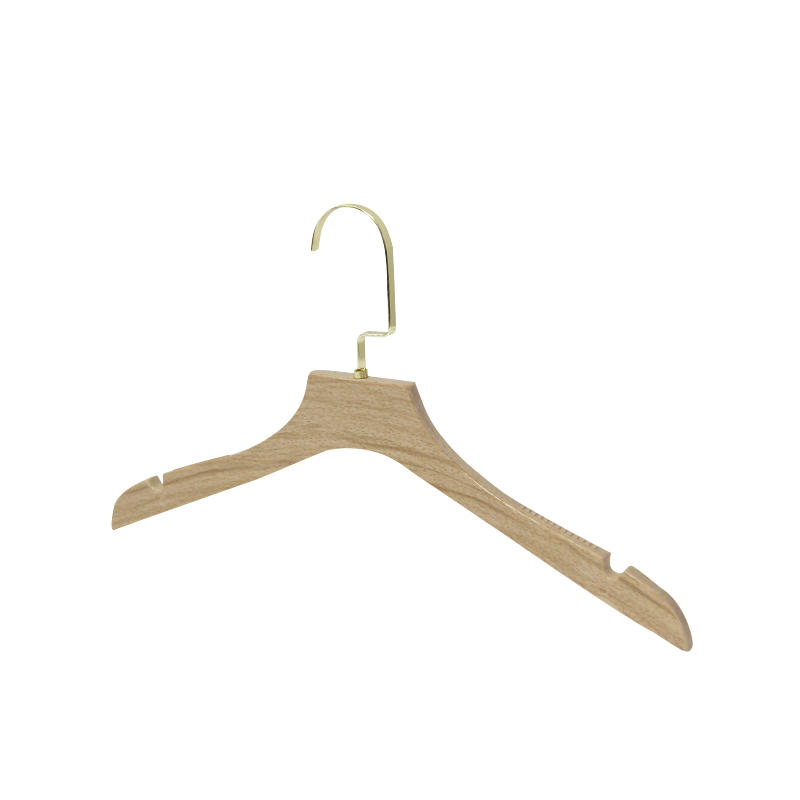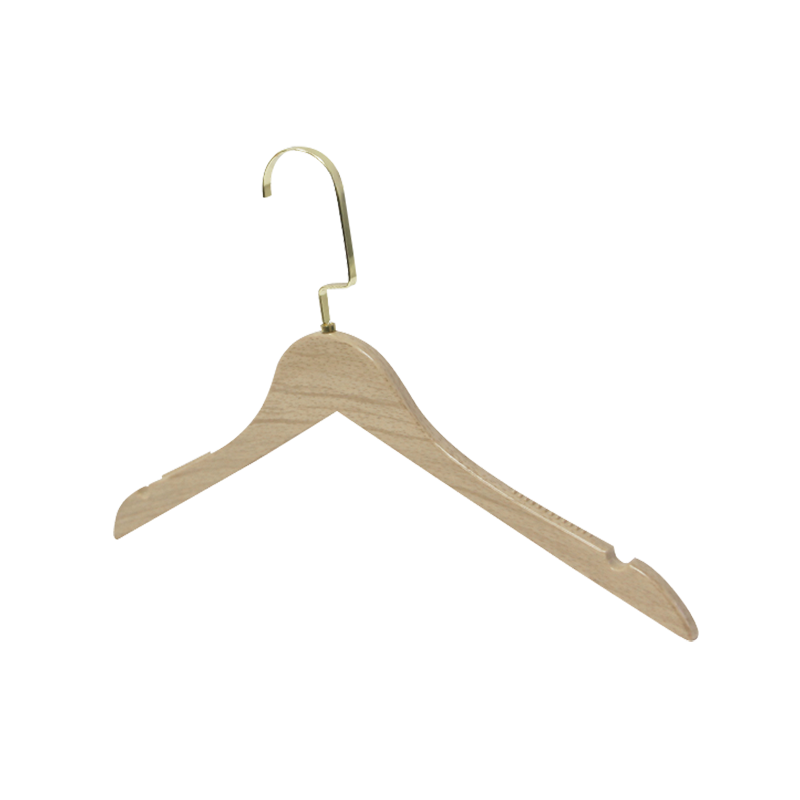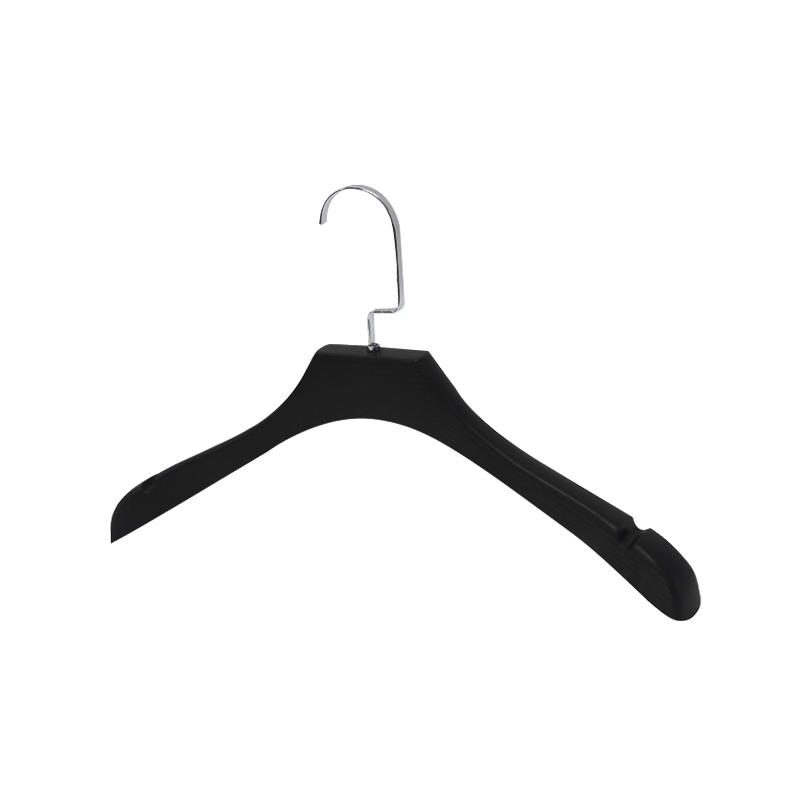A vertical clothes steamer is an incredibly efficient tool for maintaining wrinkle-free clothes and enhancing fabric hygiene. With its ability to steam garments without the need for an ironing board, it offers a fast, convenient, and safe solution for wrinkle removal, sanitizing fabrics, and refreshing clothes. Whether you're steaming your favorite dress before a night out or freshening up work clothes before an important meeting, a vertical clothes steamer can make the task much easier.
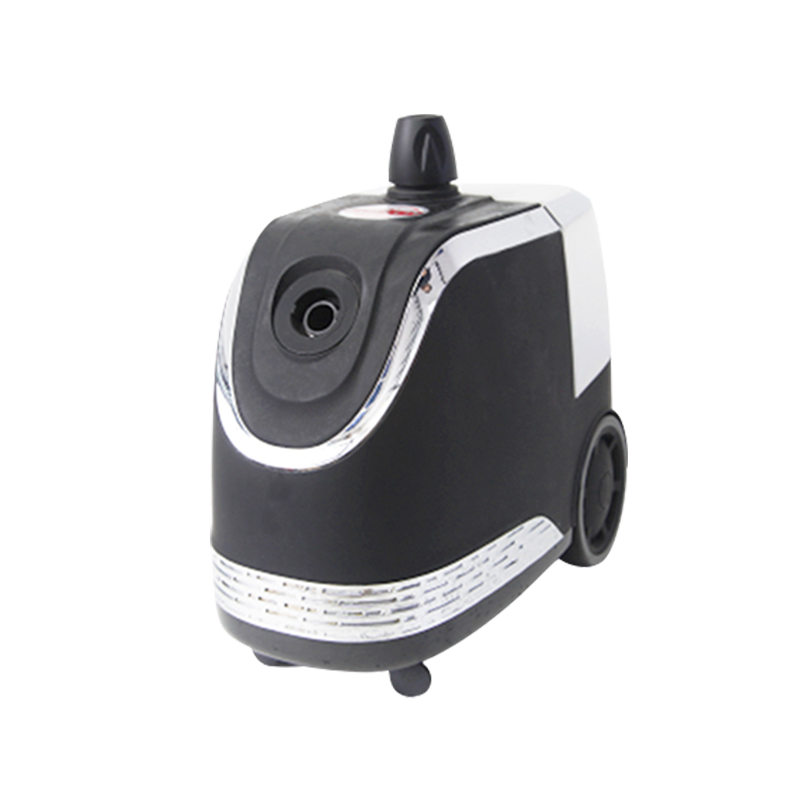
1. Correct Positioning of the Garment
One of the primary benefits of a vertical clothes steamer is its ability to steam clothes while they are hanging. However, the way you hang your garment can significantly impact the effectiveness of the steaming process.
Hang Clothes Properly: Ensure that the clothes you're steaming are securely hung on a clothes rack or hook. The fabric should be free from folds or wrinkles before you begin steaming. Hanging clothes properly allows the steam to penetrate evenly through the fabric, ensuring a smooth and wrinkle-free result.
Avoid Overcrowding: Do not crowd multiple garments too closely together. If the clothes are packed too tightly on the hanger, the steam may not reach all areas of the fabric effectively, bring about uneven results. Allow enough space between garments for the steam to reach every section of the clothing.
Use the Right Height: When hanging clothes, make sure they are at a comfortable height for steaming. Clothes that are too high or too low may be difficult to reach with the steamer, which could make the process longer and less effective. Ideally, the garment should be at eye level or slightly below.
2. Water Quality and Usage
The water you use in your vertical clothes steamer plays an important role in both the steamer's performance and longevity. Using the right water type and filling the steamer correctly will ensure smooth and efficient steaming.
Use Distilled Water: It is always recommended to use distilled or demineralized water in your vertical steamer. Tap water contains minerals, which can build up over time and clog the steamer's nozzle, reducing its performance. Hard water can also cause mineral deposits to form inside the steamer, bring about maintenance issues and potentially shortening the lifespan of the appliance.
Avoid Overfilling: Follow the manufacturer's instructions regarding the water capacity of the steamer. Overfilling the water reservoir may bring about leaks or cause the steamer to malfunction. On the other hand, underfilling can result in insufficient steam production, rendering the appliance less effective.
Empty the Tank After Use: Once you are done using the steamer, always empty the water tank to prevent any standing water from causing mold, mildew, or mineral buildup. This will help maintain the quality of the appliance and ensure that it functions effectively for a longer period.
3. Steaming Temperature and Pressure Settings
Many vertical clothes steamers come with adjustable steam settings, allowing you to choose the ideal level of steam based on the type of fabric you're steaming. Choosing the right steam level ensures the safety of your clothes and improves the efficiency of the steaming process.
Choose the Right Steam Level: Light fabrics like cotton, silk, or polyester require a lower steam setting, while thicker fabrics such as wool or linen may require higher steam pressure. Always check the garment care instructions to determine the better steam setting to avoid damaging the fabric.
Adjust for Delicate Fabrics: Delicate fabrics like silk, chiffon, or lace may be sensitive to heat. For these materials, it's better to use the lower steam setting to avoid overheating or damaging the fibers. You can also steam these fabrics from a slightly longer distance to reduce the direct impact of steam on the garment.
Test the Steam: Before steaming a delicate or expensive garment, test the steam on a small, inconspicuous area of the fabric to ensure that it doesn't cause any unwanted damage or discoloration.



 Language
Language  English
English 中文简体
中文简体 Español
Español русский
русский
